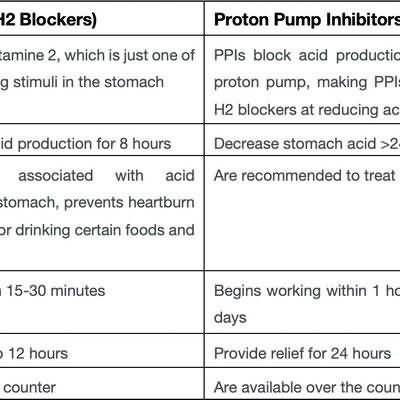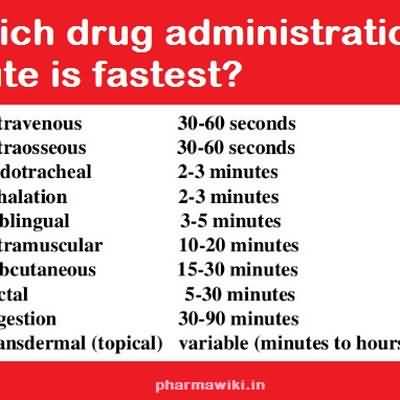Antihistamines
Antihistamines
Antihistamines competitively block the effects of histamine at peripheral H1receptor sites, have anticholinergic (atropine-like) and an- tipruritic effects.
Indications
Relief of symptoms associated with peren- nial and seasonal allergic rhinitis, vaso- motor rhinitis, allergic conjunctivitis, mild, uncomplicated urticaria and angioedema Amelioration of allergic reactions to blood or plasma Treatment of dermatographism Management of tremor in early parkinson- ian syndrome and drug-induced extrapyra- midal reactions Control of nausea, vomiting, and dizziness from motion sickness (buclizine, cyclizine, diphenhydramine, meclizine) Adjunctive therapy in anaphylactic reactions Unlabeled uses: Relief of lower respiratory conditions, such as histamine-induced bron- choconstriction in asthmatics and exercise- and hyperventilation-induced bronchospasm Contraindications and cautions
Contraindicated with allergy to antihista- mines, pregnancy, or lactation. Use cautiously with narrow-angle glaucoma, stenosing peptic ulcer, symptomatic prostatic hypertrophy, asthmatic attack, bladder neck obstruction, pyloroduodenal obstruction. Adverse effects
CNS: Depression,nightmares, sedation CV: Arrhythmia, increase in QTc intervals Dermatologic: Alopecia, angioedema, skin eruption and itching GI: Dry mouth, GI upset, anorexia, in- creased appetite, nausea, vomiting, diar- rhea, constipation GU: Galactorrhea, menstrual disorders, dys- uria, hesitancy Respiratory: Bronchospasm, cough, thickening of secretions Other: Musculoskeletal pain, mild to mod- erate transaminase elevations Interactions
Drug-drug Altered antihistamine me- tabolism with ketoconazole, troleandomycin Increased antihistaminic anticholinergic effects with MAOIs Additive CNS depressant effects with alcohol, CNS depressants Nursing considerations
Assessment
History: Allergy to any antihistamines, narrow-angle glaucoma, stenosing peptic ul- cer, symptomatic prostatic hypertrophy, asth- matic attack, bladder neck obstruction, py- loroduodenal obstruction, pregnancy, lactation Physical: Skin color, lesions, texture; ori- entation, reflexes, affect; vision examina- tion; R, adventitious sounds; prostate pal- pation; serum transaminase levels Interventions
Administer with food if GI upset occurs. Provide mouth care, sugarless candies for dry mouth. Arrange for humidifier if thickening of se- cretions, nasal dryness become bothersome; encourage intake of fluids. Provide skin care for dermatologic effects. Teaching points
Avoid excessive dosage. Take with food if GI upset occurs. Avoid alcohol; serious sedation could occur. You may experience these side effects: Dizzi- ness, sedation, drowsiness (use caution driv- ing or performing tasks that require alert- ness); dry mouth (mouth care, sucking sugarless candies may help); thickening of bronchial secretions, dryness of nasal mu- cosa (use a humidifier); menstrual irregu- larities. Report difficulty breathing, hallucinations, tremors, loss of coordination, unusual bleed- ing or bruising, visual disturbances, irreg- ular heartbeat. Antihistamines Antihistamines ? 27 Representative drugs
azelastine (nasal spray only) brompheniramine cetirizine chlorpheniramine clemastine cyclizine cyproheptadine desloratadine dexchlorpheniramine dimenhydrinate diphenhydramine fexofenadine hydroxyzine levocetirizine loratadine meclizine promethazine


















